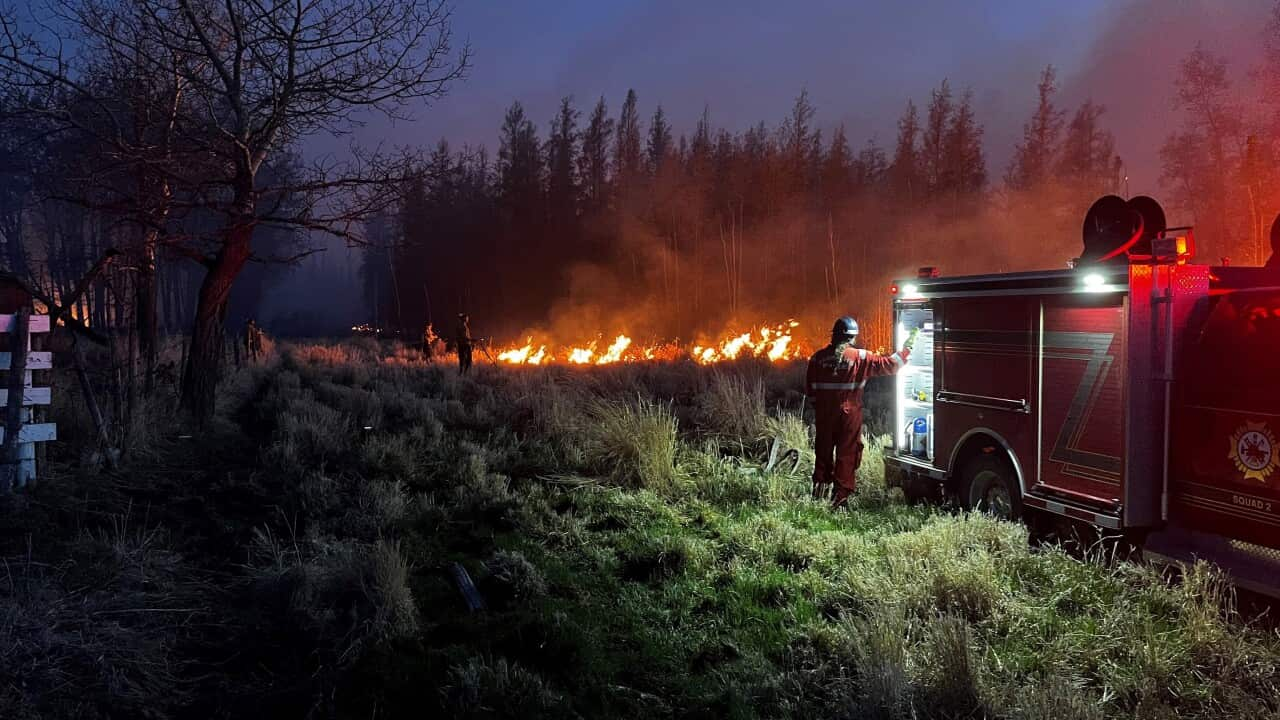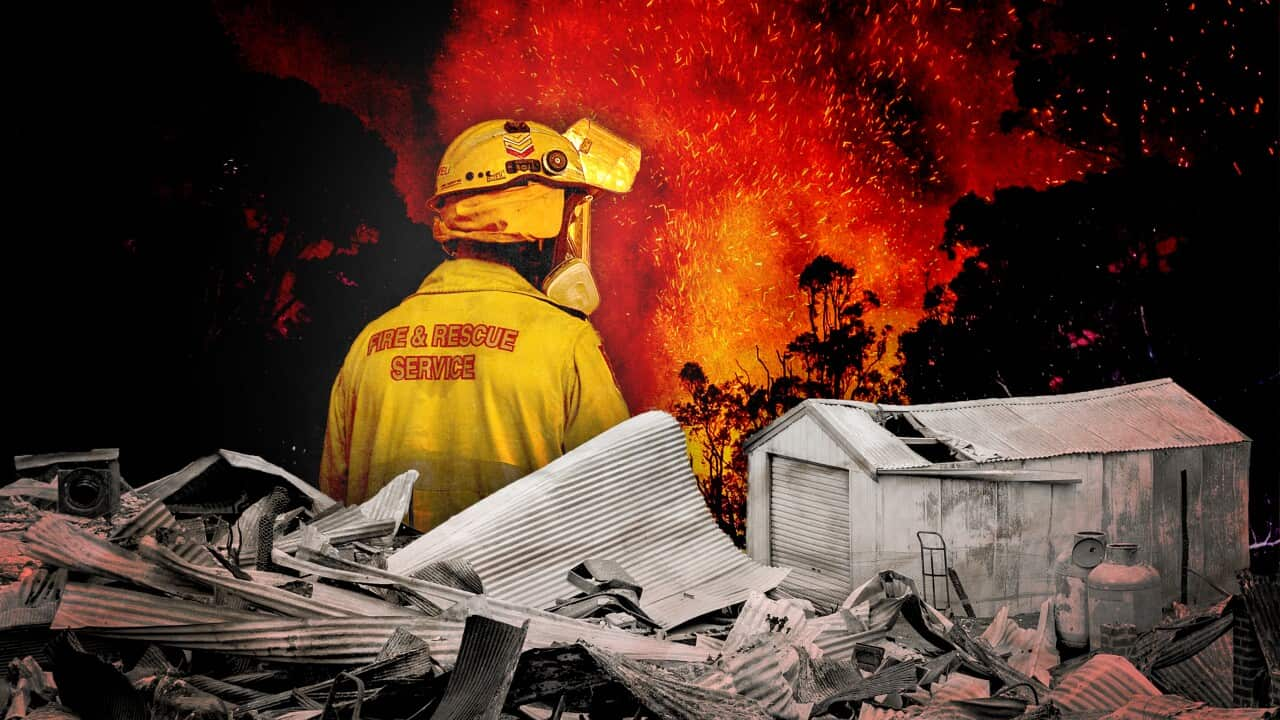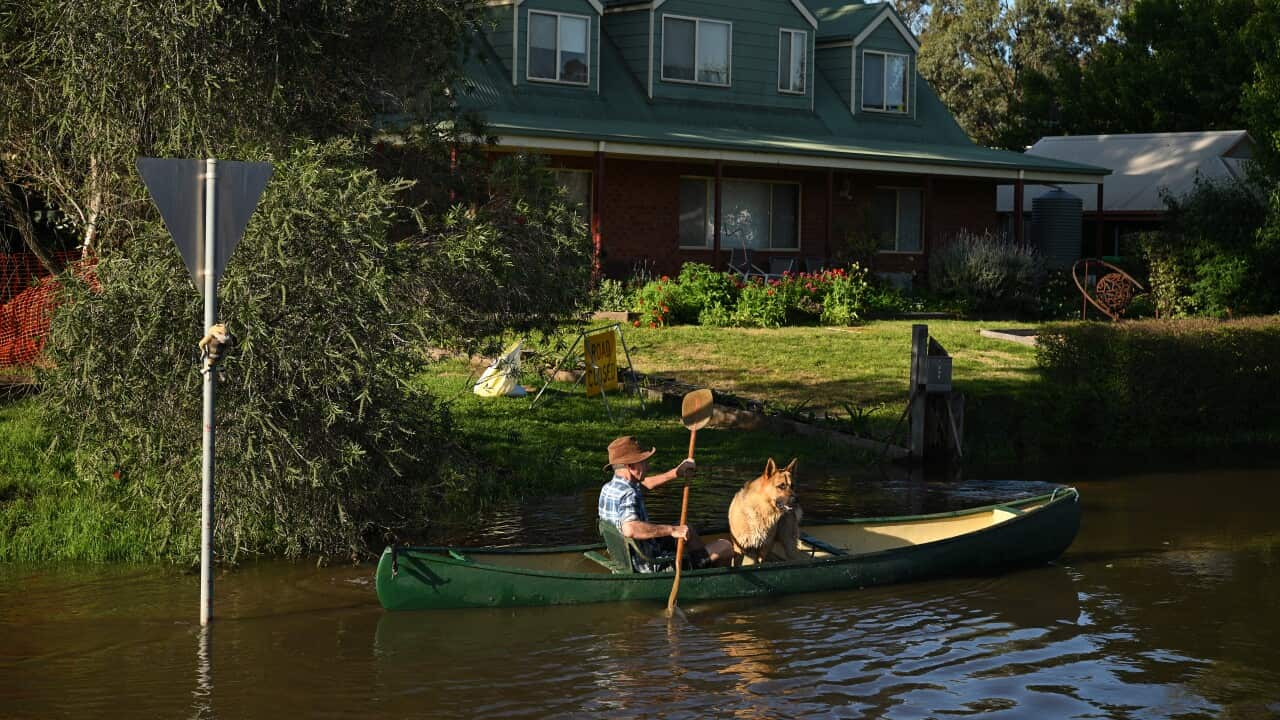More than 20,000 people were evacuating the northern Canadian city of Yellowknife as fire crews battled to keep wildfires from reaching the city on Thursday in the latest chapter in the country's worst fire season ever.
Here are some questions and answers about Canada's wildfires, which have charred millions of hectares and polluted the air in that nation and the US.
What parts of Canada have wildfires hit?
Wildfires are common in Canada's western provinces, but this year the eastern provinces of Nova Scotia, Quebec and parts of Ontario have also reeled from out-of-control wildfires.
This week, the focus returned to the west, as wildfires burned about 16km northwest of Yellowknife, the capital of the vast, sparsely populated Northwest Territories. The fires may reach the city's outskirts by the weekend, the Territories' fire information officer, Mike Westwick, told the Canadian Broadcasting Corporation on Thursday.
As of Wednesday, there were 1,054 active wildfires in Canada, including 230 in the Northwest Territories and 669 deemed out of control, according to the Canadian Interagency Forest Fire Center.

There have been 5,738 wildfires in Canada so far this year. Source: EPA / Alberta Wildfire Handout
This year's fires started in late April in the western provinces of British Columbia and Alberta, displacing more than 30,000 people at their peak, and temporarily shutting down oil and gas production.
What's happening in and around Yellowknife?
Yellowknife residents have until noon on Friday to evacuate under an order issued on Wednesday. The Northwest Territories, with a population of just 46,000 people, have limited infrastructure, and there is only one road out of the city to Alberta to the south.
Thousands of residents have already fled smaller communities, and Enterprise, a hamlet near the Alberta border, was nearly destroyed by a blaze on Sunday. In a social media post, the Northwest Territories' fire service said a wildfire that had been threatening Hay River, a community of some 3,000 further south on Great Slave Lake, had stalled overnight.
Diamond producer De Beers said in a statement that its Gahcho Kue mine, some 280 km northeast of Yellowknife, continued to operate, although some employees from surrounding communities had evacuated.
How are the wildfires hurting air quality?
Smoke from this season's fires , prompting warnings and recommendations that people limit their time outside or wear masks.
In this week's fires, the Canadian government's air quality health index put Yellowknife and Fort Smith at "very high risk" and Winnipeg, Manitoba's capital 1,700 km to the southeast, at "high risk."

Intense Canadian wildfires blanketed the northeastern U.S. in a dystopian haze last June, prompting warnings for vulnerable populations to stay inside. Source: AP / Seth Wenig
What is the outlook for the fires and what is causing them?
Most recent government projections indicate the potential for higher-than-normal fire activity will persist across much of Canada in August and September.
Next month, the potential area at extreme risk is expected to become a bit smaller, covering southern British Columbia, the Prairies, part of the Northwest Territories and western Ontario, a government official said.
In much of that area, the number of new fires will taper off as autumn arrives. Large existing fires are expected to continue burning or smoldering, and new problematic fires can occur anywhere, the official said.
Drought has been a contributing factor to the number and intensity of this year's fires, officials say, with high temperatures exacerbating the situation.
Much of Canada has seen abnormally dry - or worse - conditions. Atlantic Canada received low snowfall this winter, followed by an exceptionally dry spring.
Most of the wildfires are believed to have been accidentally caused by human activity.
What role is climate change playing?
Canadian Prime Minister Justin Trudeau in June attributed the increase in the number of wildfires to climate change. Ellen Whitman, a research scientist with the Canadian Forest Service, said it is difficult to determine the impact of climate change on a single fire season.
For coastal regions, climate change is expected to bring more rain, which should reduce the fire risk, but a warmer atmosphere is more efficient at pulling moisture out of soils, a factor that increases fire risk.
Widespread spring fires across the whole of Canada are also unusual, and research shows fire seasons across North America are getting longer.











